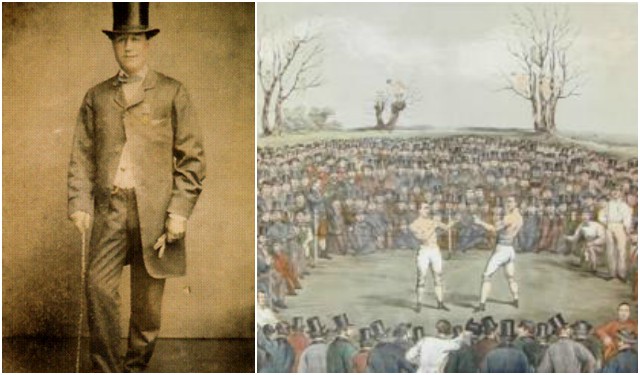Tom Sayers was born on May 15, 1826, in Brighton, England. He was the son of William and Maria Sayers and he was the youngest of five children.
When he was 13 years old he went to live with his sister and her husband who was a builder in London. Tom became a bricklayer and worked on the London Road Viaduct, which was completed in 1846.
Little is known of his early years, but it’s known that he was an illiterate bricklayer who couldn’t even tell the time. However, the only thing he needed were his muscles, and he certainly knew how to use them.
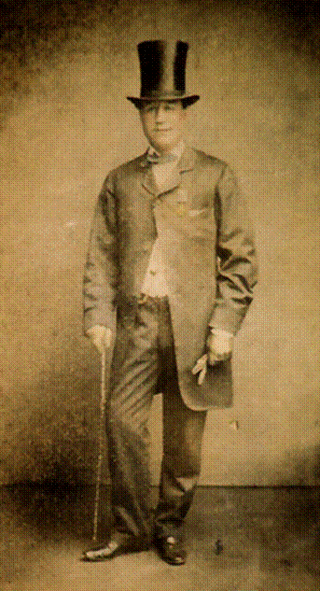
In 1848, he decided to enter the illegal world of bare-knuckle boxing, trying to make a living with his fists. It was an illegal activity with no specific rules or time limit.
Thomas Sayers was not a big man. Known as “The Little Wonder,” and “The Napoleon of the Prize Ring,” this British boxer stood at 173 centimeters and weighed 68 kilograms, yet he often fought much bigger opponents.
He was a skillful fighter who had a strong punch. His strength and courage were so great that he became the most distinguished fighter of his day and the unconquered champion of England. He lost only one bout in his career – to Nat Langham in 61 rounds, on October 18, 1853.
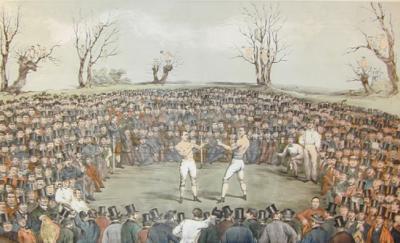
In March 1849, he fought for the first time against Abe Crouch and won. He won three more matches until 1853, when he challenged Nat Langham and was defeated for the first and the last time.
Sayers became the last English champion before the introduction of the Queensbury Rules when in 1857 he beat William Perry. He defeated several more opponents before he accepted a challenge from US champion John Camel Heenan in 1859. The match was labeled the “fight of the century,” and the winner would become the first world champion.
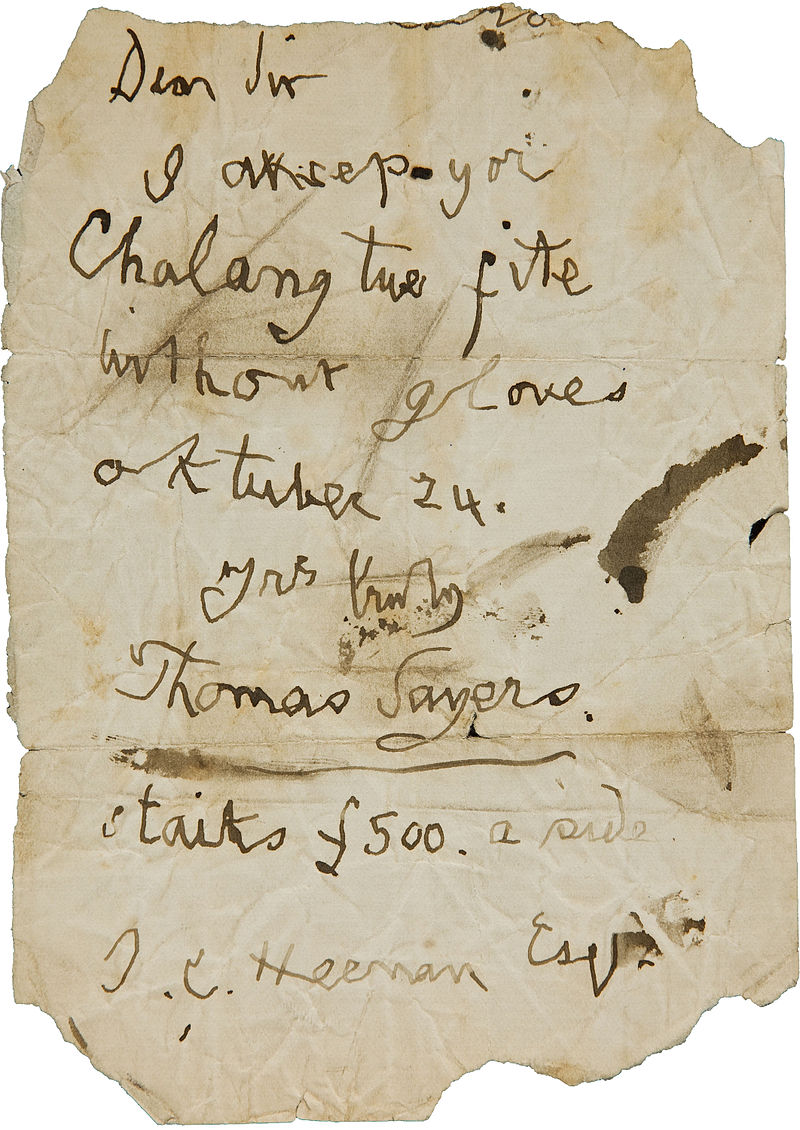
Heenan, who stood 188 centimeters tall and weighed 88 kilograms, seemed to be the clear winner, but Thomas had fought bigger men before and he wasn’t afraid to accept the challenge.
Heenan’s size wasn’t the only thing that Sayer was about to face, but he was also nine years younger than Sayers since he was born in 1835. But despite this fact and the fact that Sayers was 40 pounds lighter than Heenan, he was made a 2 to 1 betting favorite.
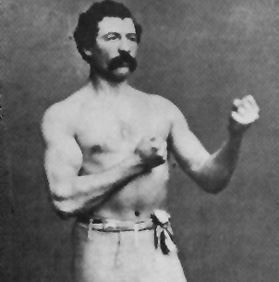
On April 17, 1860, the “fight of the century” was about to begin. The bout was the first between a British boxer and an international fighter, and the pair fought for two hours and 20 minutes before the contest was eventually stopped.
The event was an ultimate hit and Queen Victoria is believed to have taken an interest. Spectators were rumored to include literary luminaries Charles Dickens and William Makepeace Thackeray. Lord Palmerston was also there and the fight sparked a debate on the sport in the House of Commons.
Early in the fight, Sayers broke a bone in his right arm, but his bare-knuckled left fist still rendered John Camel Heenan’s face unrecognizable. Even with a broken bone in his right arm, Sayers seemed to be winning the fight. The police showed up during the 37th round and despite it being illegal, they continued to fight further five rounds. In the end, the referee declared the fight a draw and both of them were awarded championship belts.
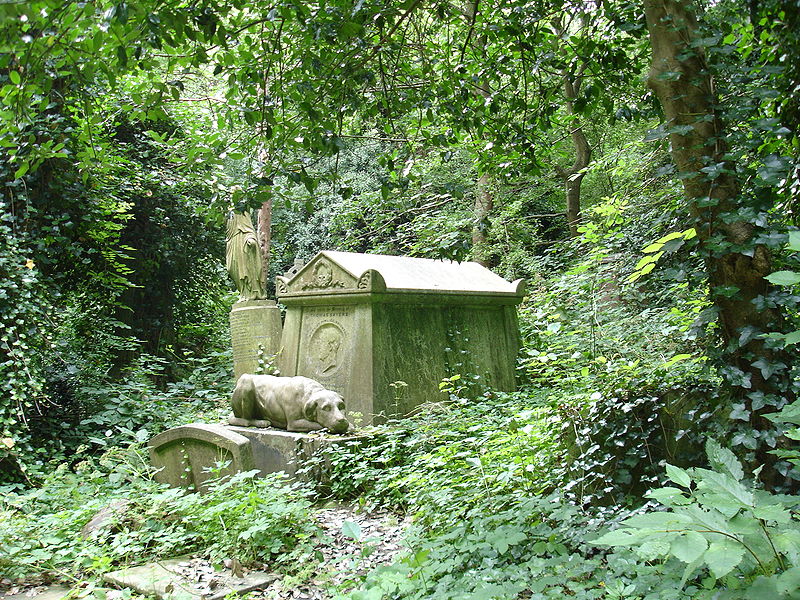
Sayers retired after the fight. The champion descended into alcoholism and eventually died of tuberculosis on November 8, 1865.
Such was Tom’s fame that when he died his burial at Highgate Cemetery was attended by ten thousand people. In 1954, Sayers was elected to the Boxing Hall of Fame.
